"In the world of animation, textures are the brushstrokes that add depth, emotion, and richness to the canvas of storytelling."
Anonymous
Animation is an ever-evolving art form that captures the hearts and minds of audiences worldwide. Within this dynamic field, the use of human texturing has emerged as a vital technique to elevate the realism and emotional connection of characters, breathing life into static images and transforming them into relatable beings.
The road to understanding human texturing isn't merely a technical journey; it's a profound exploration of artistry, anatomy, light, and texture that unlocks new dimensions of creativity and expression. From subtle nuances like pores and freckles to complex undertones created by subsurface scattering, human texturing is an intricate dance of science and art.
In a world where audiences crave more immersive and personalized content, mastering these techniques is not just an optional skill but a necessary craft for animators aspiring to stand out in a competitive industry. This comprehensive guide serves as a valuable resource for both novice and experienced animators.
We'll delve deep into the world of human texturing techniques that can transform your animation process, making your characters not just visually stunning but emotionally resonant, ensuring that they feel more alive, relatable, and human-like, ultimately enhancing the storytelling experience for your audience!
Cover GIF by Mexikhano via GIPHY
Unlocking the Realism with Human Texturing
1. The Basics of Human Texturing
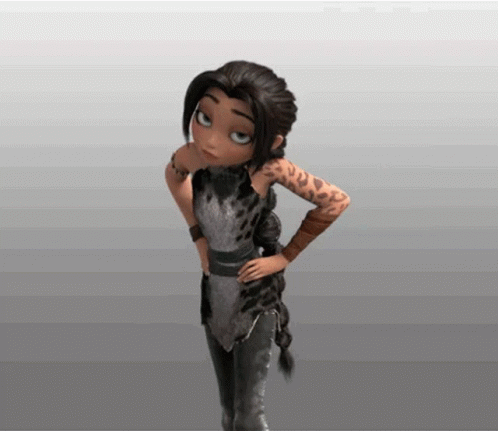
What exactly is human texturing? At its core, human texturing involves the careful application of textures and patterns to a 3D model to replicate human skin's appearance. It's not merely about placing a surface; it's about understanding the characteristics that make human skin unique.
From pores and wrinkles to moles and scars, these details add depth and intricacy to your characters.
2. Subsurface Scattering (SSS): A Deeper Look

Image by GriffeMoon via Tenor
Subsurface Scattering (SSS) is a phenomenon where light penetrates the skin's surface, scattering inside and then exiting at a different point. This complex interplay of light creates a realistic, soft, translucent appearance that can make or break your human texturing.
Implementing SSS isn't a straightforward process; it requires a deep understanding of how light interacts with various skin layers. The result? A lifelike glow that can't be achieved by simple surface shading.
3. High-Resolution Image Textures: The Foundation of Realism
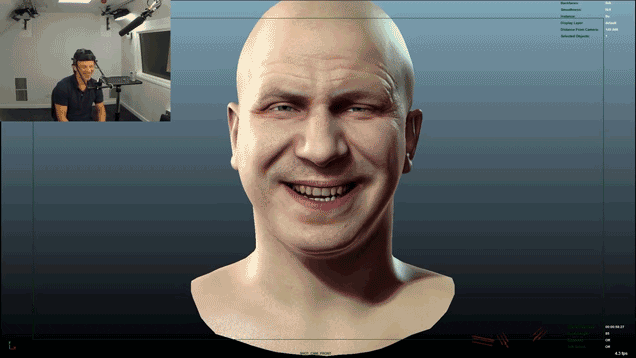
Animation 3D GIF via GIPHY
Utilizing high-resolution images can add an extra layer of authenticity to your human texturing. By mapping these intricate images onto your 3D models, you can capture the subtleties of human skin, from the faint lines around the eyes to the distinctive texture of a fingerprint.
This process isn't just about selecting any high-res image; it's about choosing the right ones that align with the character's age, ethnicity, and personality.
4. Layered Texture Approach: Building Complexity
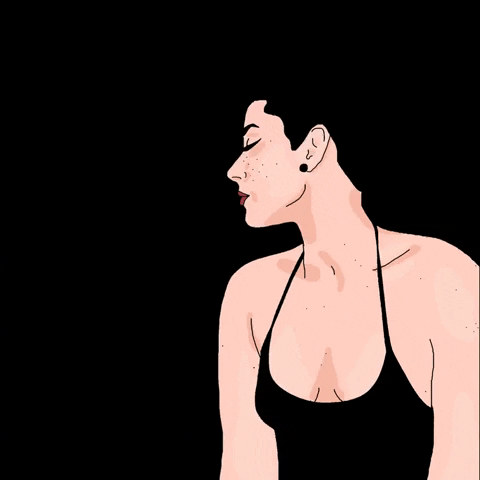
GIF by AlyssaSpatola via GIPHY
The skin is not a uniform surface. It has layers, each contributing to the overall appearance. In the world of human texturing, a layered texture approach helps you simulate these complexities. Start with a base layer for the overall skin tone, then add more for freckles, veins, scars, and other specifics.
This layered approach isn't just about stacking textures; it's about understanding how they interact, creating a seamless integration that mirrors real-life skin.
5. Bump and Displacement Mapping: Adding Depth
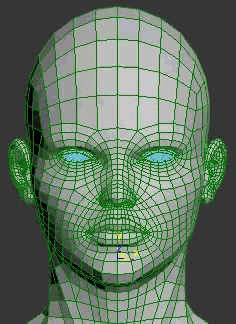
Both bump and displacement mapping play pivotal roles in human texturing, but they function differently. Bump mapping uses light and shadow to create the illusion of depth without altering the mesh.
Displacement mapping goes a step further, physically changing the model's surface based on a texture map. Each has its applications and can significantly impact the final product, adding that extra layer of realism to your human texturing.
6. Specular Maps for Reflectivity: A Shiny Touch
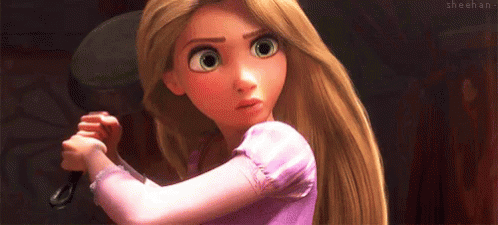
GIF by ChristyBiram via Tenor
Skin isn't uniformly shiny. Some parts reflect more light, such as the forehead or nose. Specular maps help you define these reflective areas, allowing you to control where your model shines. It's not just about making parts of the skin glossier; it's about understanding the natural variations in skin oiliness and reflecting that in your human texturing.
7. Painting in 3D Software: Precision and Creativity
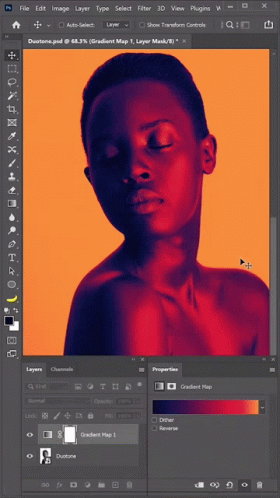
Modern 3D software offers an incredible feature: painting directly onto a 3D model. This technique allows unprecedented control and creativity in human texturing. Whether adding minute details or making broad strokes for unique characteristics, 3D painting puts the artist in the driver's seat, bridging the gap between technology and creativity.
8. UV Mapping for Seamless Textures: The Art of Alignment
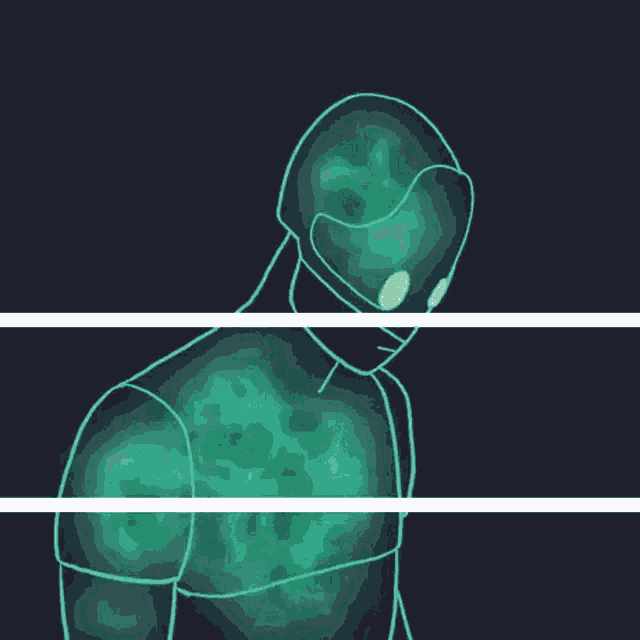
GIF by MikeChiasson via Tenor
UV mapping ensures that the texture fits perfectly onto the 3D model. This intricate process unwraps the model's surface in 2D space, allowing for accurate texturing without stretching or distortion. It's not just a technical process; it's an art form in itself, demanding precision and an understanding of spatial relationships within human texturing.
The Benefits of Human Texturing Techniques For Animators

GIF by Yacine BRINIS via GIPHY
Human texturing techniques offer animators a pathway to unparalleled realism and depth in character development. By employing methods such as subsurface scattering, high-resolution image textures, layered texture approaches, and UV mapping, animators can recreate the intricate details of human skin, lending authenticity and emotional resonance to their characters.
These advanced techniques contribute to a character's believability, allowing audiences to connect on a deeper level. Moreover, the flexibility and control provided by human texturing enable animators to tailor characters to specific narratives or cultural contexts, thereby enhancing storytelling and thematic coherence.
The investment in mastering human texturing not only sets professionals apart in a competitive industry but also unlocks new creative possibilities, transforming animation from mere visual entertainment into an art form that can evoke genuine human connection and empathy.
Mastering the Art of Human Texturing
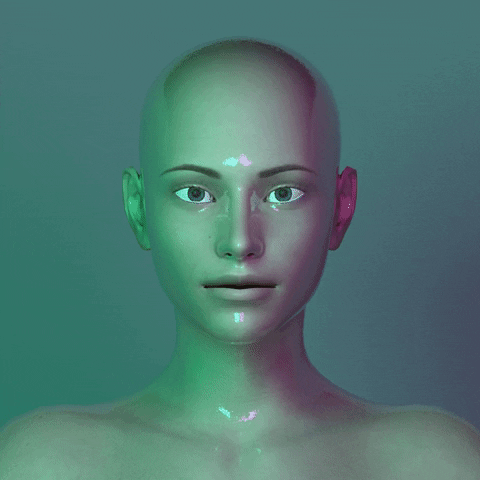
GIF by bbsquirrel247 via GIPHY
Human texturing is more than a technique; it's a bridge between the realms of imagination and realism. By mastering these principles, you can breathe life into your characters, making them more engaging and relatable.
But don't stop at these techniques. The field of animation is rich with opportunities for growth and exploration. Continue to invest in your skills, learn from others, and push the boundaries of what's possible.
Ready to take your animation career to the next level? Join the Animation Business Accelerator Program to kickstart your journey, and explore advanced techniques, insights, and connections that will set you apart in the industry. Also, don't forget to check out our blog on How to Start an Animation Studio to set the foundation for your future success!



